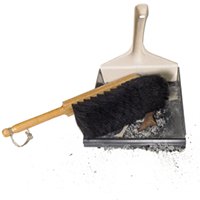Landmark global study on indoor mould
Published: November 19th, 2010
Revised: December 30th, 2010
 Dr. Scott was recently interviewed in Scientific American to comment on a landmark study that revolutionizes our understanding of the complexity of indoor mould ecology. Published in the journal Proceedings of the National Academy of Sciences the Sloan Foundation-funded study collected dust samples from a range of building types worldwide and evaluated fungal communities using cutting-edge, culture-independent, high through-put DNA sequencing.
Dr. Scott was recently interviewed in Scientific American to comment on a landmark study that revolutionizes our understanding of the complexity of indoor mould ecology. Published in the journal Proceedings of the National Academy of Sciences the Sloan Foundation-funded study collected dust samples from a range of building types worldwide and evaluated fungal communities using cutting-edge, culture-independent, high through-put DNA sequencing.
Overall, nearly 4,500 different kinds of fungi were found — an unprecedented amount of biodiversity that exceeds the number of indoor species documented to date by nearly a factor of twenty. Although the sample set was small, the researchers found that the single most important contributor to indoor fungal biodiversity was geographic location, not building type, construction or usage condition. More surprisingly and perhaps counter-intuitively, the level of indoor fungal biodiversity was found to increase at greater distances from the equator.




